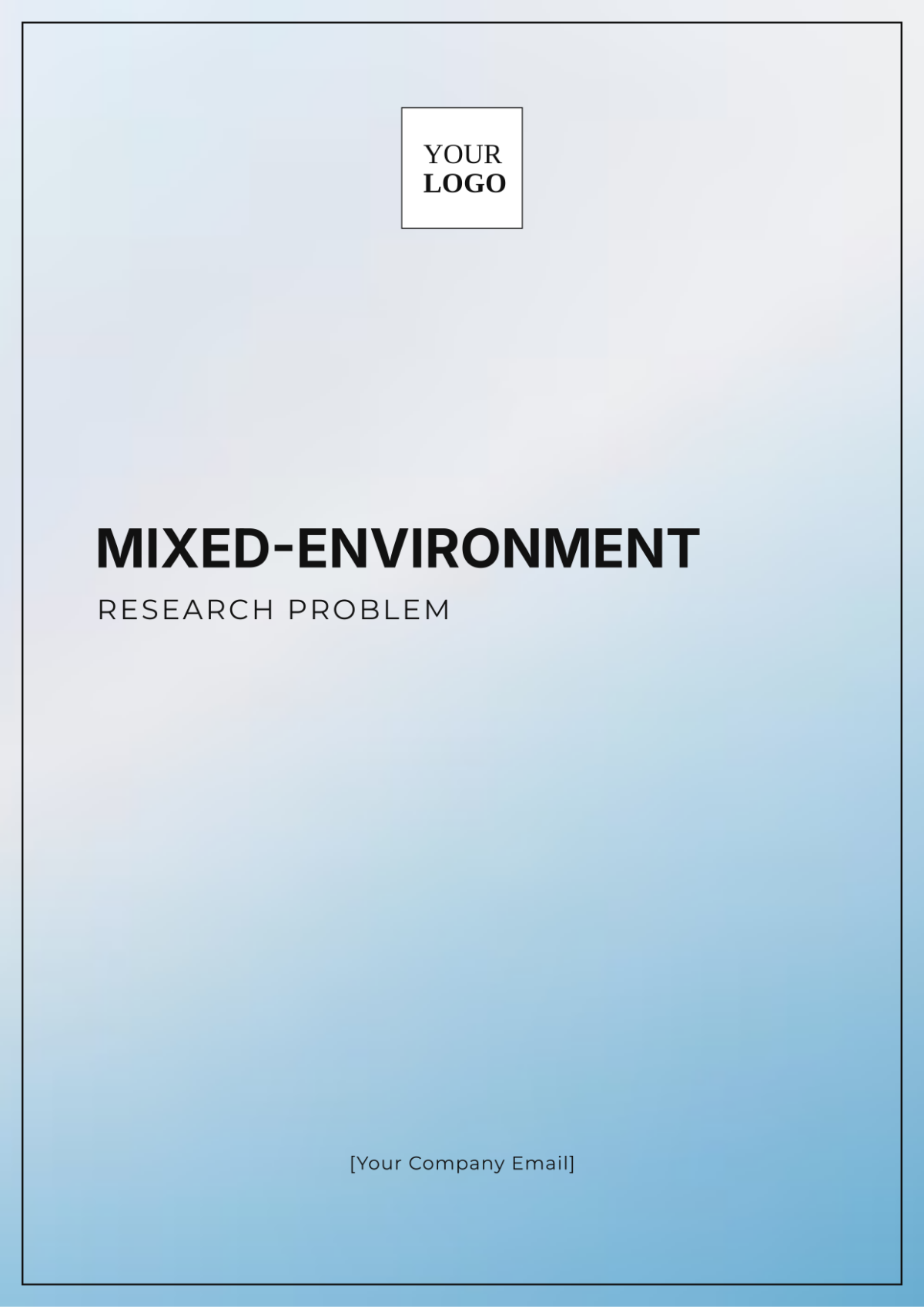Descriptive Statistics Quantitative Research
Introduction
This study employs descriptive statistics to analyze employee satisfaction within a mid-sized technology company, TechSolutions Inc. The research aims to quantify the satisfaction levels of employees across various departments, providing insights into overall morale and identifying areas needing improvement. By summarizing the data through measures of central tendency, variability, and frequency distribution, this study presents a clear overview of employee satisfaction, aiding management in making informed decisions.
Importance of Descriptive Statistics
Descriptive statistics are integral to this research as they:
Provide Simple Summaries: The study distills employee satisfaction data into key metrics like the average satisfaction score, helping management quickly grasp the overall sentiment.
Enable Meaningful Data Presentation: Satisfaction scores are presented through charts and tables, offering an accessible overview of employee morale.
Facilitate Pattern Identification: By examining the distribution of satisfaction scores across departments, the research identifies trends and areas where employee sentiment may diverge.
Enhance Data Comprehension: Summarizing satisfaction scores allows management to understand employee sentiment at a glance, aiding in strategic planning.
Key Components of Descriptive Statistics
Measures of Central Tendency: The study calculates the mean, median, and mode of employee satisfaction scores, providing a clear picture of the overall sentiment.
Measures of Variability: Variability metrics such as range, variance, and standard deviation are computed to assess how satisfaction levels vary among employees.
Frequency Distribution: A frequency distribution table categorizes satisfaction scores into different levels, revealing the distribution of employee sentiment.
Graphs and Charts: Satisfaction data is visually represented using bar graphs and pie charts, making the data more interpretable.
Template for Descriptive Statistics in Quantitative Research
Data Collection
Sampling Method: A stratified random sampling technique was used, ensuring representation across all departments. A total of 150 employees were surveyed from a population of 600.
Population/Sample Description: The sample includes employees from five departments: Sales, Engineering, Marketing, HR, and Customer Support. The sample was balanced to reflect the department sizes proportionately.
Data Collection Tools: An online survey tool was used to collect data, with questions rated on a Likert scale from 1 (Very Dissatisfied) to 5 (Very Satisfied).
Timeframe: Data was collected over two weeks in March 2050.
Data Organization
Coding of Data: Responses were coded with satisfaction scores ranging from 1 to 5. Additional demographic data, such as department and tenure, was coded for cross-tabulation analysis.
Data Entry: Data was entered into SPSS for analysis, with validation checks conducted to ensure accuracy.
Software Used: SPSS Version 27 was used for data analysis and visualization.
Measures of Central Tendency
Mean: The average employee satisfaction score across all departments was calculated as 3.8, indicating overall positive sentiment.
Median: The median satisfaction score was 4, suggesting that half of the employees rated their satisfaction at or above this level.
Mode: The most frequently occurring satisfaction score was 4, with 35% of respondents selecting this option.
Measures of Variability
Range: The range of satisfaction scores was 3, with scores varying from 2 to 5.
Variance: The variance in satisfaction scores was calculated at 0.72, reflecting moderate dispersion around the mean.
Standard Deviation: The standard deviation was 0.85, indicating a moderate spread of satisfaction levels among employees.
Frequency Distribution
Satisfaction Level | Frequency |
|---|---|
Very Dissatisfied (1) | 10 (6.7%) |
Dissatisfied (2) | 20 (13.3%) |
Neutral (3) | 30 (20%) |
Satisfied (4) | 70 (46.7%) |
Very Satisfied (5) | 20 (13.3%) |
Interpretation of Results
Trends or Patterns: The majority of employees (60%) reported being either satisfied or very satisfied with their jobs, particularly within the Engineering and Marketing departments. The Sales department had the highest number of neutral responses, suggesting room for improvement.
Insights: The high satisfaction levels in Engineering and Marketing indicate effective team management and job satisfaction. However, the relatively lower scores in Sales suggest that addressing concerns in this department could boost overall morale.
Anomalies of Outliers: A small subset of employees (6.7%) reported very low satisfaction, primarily within the Customer Support department, which may require targeted intervention.
Conclusion
The descriptive statistics provided a clear and comprehensive summary of employee satisfaction within TechSolutions Inc. The findings suggest that while overall morale is positive, certain departments, particularly Sales and Customer Support, may benefit from further attention. Using this structured approach to descriptive statistics ensures that the research findings are accessible, actionable, and informative for company leadership.
References
Gravetter, F. J., & Wallnau, L. B. (2050). Statistics for the Behavioral Sciences. Cengage Learning.
Weisstein, E. W. (2051). CRC Concise Encyclopedia of Mathematics, Second Edition. CRC Press.
Moore, D. S., Notz, W. I., & Fligner, M. A. (2054). The Basic Practice of Statistics. W.H. Freeman.

















































